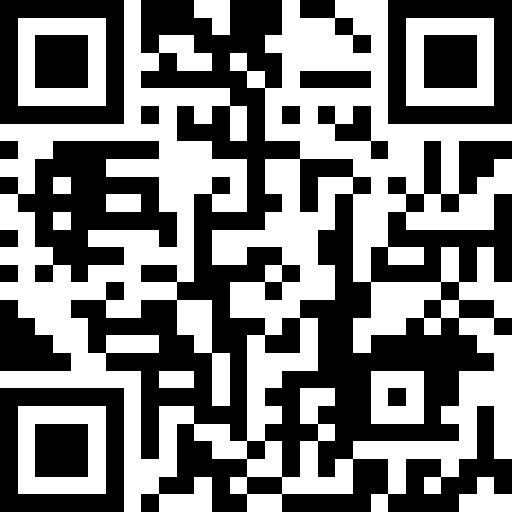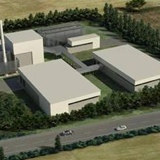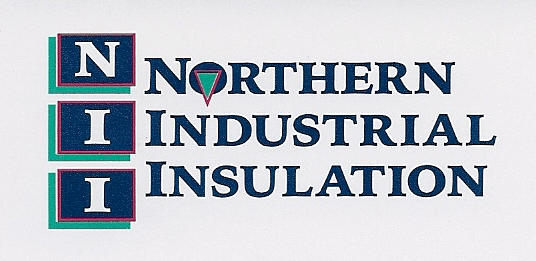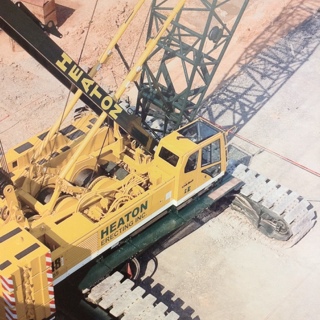Title Page
-
Site Conducted
-
System Size DC (kWp)
-
System Size AC (kW)
-
Conducted on
-
Prepared by
-
Location
-
Document Number
Solar Site Inspection
General Site Conditions
-
Weather conditions on day of inspection.
-
Overall cleanliness of modules.
-
Time of Inspection.
-
Ambient temperature.
Overall site inspection
Fencing and access control
-
Are all fences and gates intact and without ay visible damage where applicable?
-
Are all locks functional and not corroded?
-
Are all walkways and paths clear of debris and vegetation where applicable?
Working at heights equipment
-
Is the system ground mounted or roof mounted?
-
Are all anchoring points securely fastened and free from damage?
-
Are all CAT ladders structurally sound and free from damage or corrosion?
-
Are all CAT ladder access hatches suitably locked and are the locks in good condition?
Water supply
-
Are all water supply points accessible and operating correctly?
Lightning protection system
-
Where applicable, does the LPS appear to be intact and functional? Check specifically for corrosion at joints, damage to conductors, etc.
Vegetation control
-
Is all vegetation well maintained underneath and around the solar modules?
Mounting Structure
-
Inspect a random subset of bolts and confirm torque values where applicable.
-
Inspect if any parts of the mounting structure are loose.
-
Inspect a random subset of modules to ensure that they are securely fastened to the structure.
-
Inspect structural parts for signs of corrosion.
-
Where applicable, confirm that foundations are still within specification.
-
Where any boundary layers have been penetrated, confirm that waterproofing is still intact.
-
Confirm that there is no damage to the roof that may affect the structural integrity of the mounting structure.
-
This section is for anything you may want to take note of during your inspection.
PV Modules
-
Earthing/bonding connections are still sound and intact.
-
Modules have not become misaligned.
-
All modules are in sound and good working condition (no black spots, no deformed/broken cells or frames, etc.)
-
Modules are dust and dirt free.
-
Modules and module frames have no damage.
-
Thermal inspection of random subset of modules.
-
Test a random subset of modules for bonding continuity with a low-ohm continuity tester to see if it adheres to less than 0.2 ohm.
-
This section is for anything you may want to take note of during your inspection.
Electrical Cables
-
Confirm there is no cable damage of cables beneath modules
-
Confirm no cable damage of cables in trays or trunking
-
Confirm all trays and trunking are still secure on roof
-
No water or unwanted materials in trays or trunking
-
Cables are not at risk of damage on bends
-
Cable tray covers are still intact
-
Warning labels are still intact
-
No rust on trays or trunking
-
This section is for anything you may want to take note of during your inspection.
General Cable Routing Inspection
-
Confirm no cable damage in trunking or trays
-
Confirm trunking and trays are still secure
-
Cables are not at risk of damage on bends
-
Cable tray covers are still intact
-
Warning labels are still intact
-
Test trays or trunking for bonding continuity with a low-ohm continuity tester to see if it adheres to less than 0.2 ohm.
-
This section is for anything you may want to take note of during your inspection.
DC Combiners (Where applicable)
-
Check for loose connections and secure where necessary
-
Check for hotspots, scorch marks, damage, deformities, etc.
-
Confirm no physical damage inside and outside box
-
DC box is watertight and dust free
-
Box is still secured to wall mount
-
Fuses are in tact
-
Warning labels are still intact
-
Surge protection is in working condition
-
Glands are properly sealed
-
Earthing is in tact
-
This section is for anything you may want to take note of during your inspection.
General inverter inspection
-
Check for loose connections and secure where necessary (on each inverter)
-
Check for hotspots, scorch marks, damage, deformities, etc.
-
Inverter and inverter fans are dust free
-
Mounting to wall is secure
-
Communication board is in proper working condition
-
Inverter room ventilation is appropriate
-
Inverter switches are in proper working condition
-
Labelling is still in tact
-
Protection devices are intact
-
Test voltage between earth and neutral connections
-
Test voltages with multi-meter (AC, on & off)
-
Test amperage with multi-meter (AC & DC)
-
After a Power Cycle the system is in good working condition
-
Inverter is clear of dust
-
Thermal imaging
-
This section is for anything you may want to take note of during your inspection.
AC Distribution Board
-
Check for loose connections and secure where necessary
-
AC DB is still securely mounted and undamaged
-
AC DB is not overheating
-
All breakers are in working condition
-
Check for hotspots, scorch marks, damage, deformities, etc.
-
Surge protection is in working condition
-
DB has no external damage
-
Labelling is still in tact
-
Test voltages with multi-meter
-
Test amperage with multi-meter
-
Test earth and neutral connections with multi-meter
-
Temperature in the DB is suitable for proper working condition
-
All components are secured properly to DB panels
-
Thermal imaging
Weather station and monitoring system
-
Where a UPS is installed, battery is still correctly charging and discharging? (Check with mains failure test, measure voltage with and without mains)
-
Weather sensors are securely connected and fastened
-
No rust on devices
-
Cables are secure and watertight
-
Connections on communication devices are secure
-
Protection devices are intact (where applicable)
-
If pyranometer/irradiation sensor are onsite. Have they been cleaned?
Energy Meter
-
Meter is still functional
-
Check for loose connections on meter
-
Check for loose connections of breaker
-
Protection devices are intact
-
Wall mount connection is secure
Inverter inspection
-
Please provide inverter number and serial number.
-
Are all parameters still configured as originally intended? For example NRS 097-2-1.
-
Is the active cooling system fully functional and free from excessive noise?
-
Are all air vents free from dust and debris?
-
Are all connectors and terminations still mechanically sound?
-
Are the DC isolators fully functional? (Confirm if inverter shuts down when AC power is removed and the DC isolators are opened.)
AC Voltage Measurements at Inverter CB
-
Phase A to B (V)
-
Phase B to C (V)
-
Phase A to C (V)
-
Phase A to Neutral/Earth
-
Phase B to Neutral/Earth
-
Phase C to Neutral/Earth
AC Voltage Measurements at Inverter Terminals
-
Phase A to B (V)
-
Phase B to C (V)
-
Phase A to C (V)
-
Phase A to Neutral/Earth
-
Phase B to Neutral/Earth
-
Phase C to Neutral/Earth
-
Neutral at inverter to earth terminal in DB
String Test
-
Seaward IV Curve Test Result
-
Insulation resistance test result on string at 1000V (MegOhm). Positive to earth, negative to earth and positive to negative.









